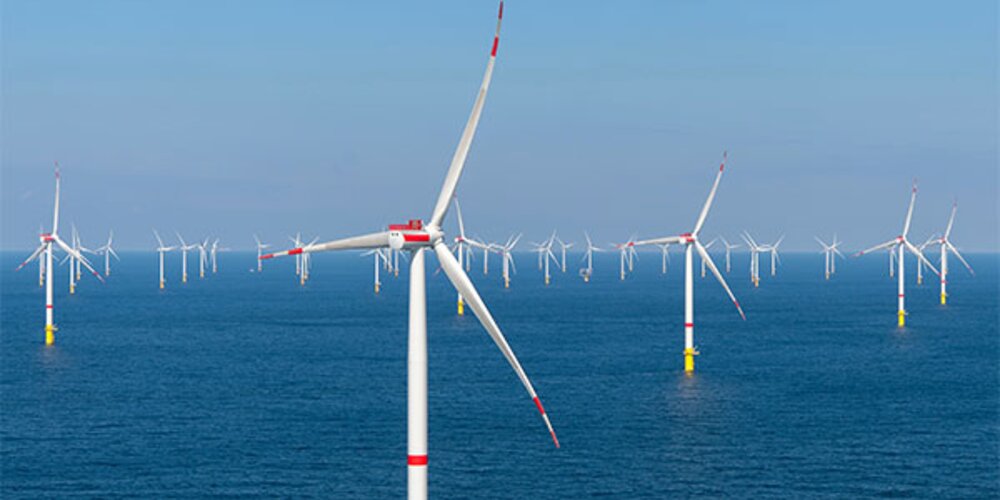Browse our services
Explore how Brookes Bell can help you
Find an expert
Meet our team, find and expert and connect
Contact us
Get in touch, we're here to help

When the US passed its Inflation Reduction Act in mid-2022, it unlocked around US$369 billion in incentives for green technology and energy. Nearly two years later, the Act’s impact on the US offshore energy sector is becoming apparent. An accelerating interest in offshore wind has been balanced by slower investment in oil and gas drilling. Driven by shifting demands, offshore service companies racing to either adapt to new markets or reduce cost in existing operations – and correspondingly, the need for new skills and expertise has never been greater.
At the start of 2023, there were just two offshore wind farms in the US, delivering up to 41MW of electricity, according to a recent report from Reuters. By the end of 2024, that is expected to ramp up to nearly 1,000MW. Conversely, the most recent rig count by Baker Hughes notes that, as of 2 February, there were 140 fewer oil rigs working in the US than in January 2023, with two stopping operations in the week leading up to the latest count.
The transition will be neither even nor absolute. Some key setbacks from early wind projects, with three European energy majors (Equinor, Ørsted and BP) taking a combined US$5 billion write-down on US wind projects in 2023, attest to the challenges of establishing both new offshore assets and new energy supply contracts and while the US government’s five-year plan for issuing new oil exploration leases shows the fewest ever – a mere three – production of oil and gas remains at an all-time high with new LNG terminals springing up across the Gulf coast as global demand surges.
Shifting Ship Operations
The vagaries of a market influx are also affecting ship Operators serving both the renewables and the oil and gas sectors. At the Annual Offshore Support Journal Conference on 7 February, the subject of new vessel investments was raised during a panel debate. The consensus amongst Owners and Operators was clear. In oil and gas, the ship market is undersupplied after more than a decade of low ordering, combined with changes to how potential investors view fossil-related assets. Meanwhile, with offshore renewables in an early growth stage – particularly in the US - support vessels focused on these projects are also likely to find it difficult to secure long-term contracts and cashflow.
The answer for vessel Owners would seem to be to invest in assets that can serve both markets. Companies that have already done so are finding that many of the learnings from offshore oil operations can be deployed in the renewables sector. But the complexity of serving two distinct markets can offer a steep learning curve; different fixed assets, regulations, crewing needs and vessel operating profiles all require changes that must be carefully considered and planned. It is a similar situation for wind operators looking to deploy excess capacity to oil and gas project; vessel suitability cannot be taken for granted and is just one small element to be considered when it comes to entering an entirely different market.
Managing an offshore business – whether in oil and gas, renewables or both – will demand new management and technical skills from service providers. From project planning to vessel design and redeployment, as well finding specialist staff and assuring new safety requirements are upheld, the ability to respond to new business demands will play a key role in determining the winners and losers in the US offshore energy transition.
With offices in Houston, San Franciso and New York, 3D Marine is your one-stop partner for meeting those needs. Combining the global reach and technical excellence of Brookes Bell with deep US energy market expertise, 3D Marine offers specialised support across several disciplines.